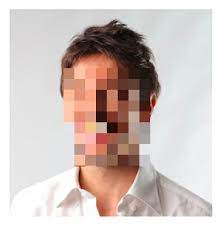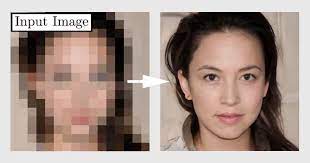Well, I'm myopic, astigmatic and now farsighted too. Tonight, while watching some show where the face of one person is pixelated for privacy, by chance I realized that in fact, if I watch this face over my glasses, it's not so blurry, I can see some details. A little less than a not pixelated face, but the difference with a squared face baffled me. It works too if it's not a video. So I found it funny that in a sense, even if you have a bad vision, you can see something better than someone with a good vision!
If you're blind as a bat like me, give it a try. I don't really understand why, but it works fine!


If you're blind as a bat like me, give it a try. I don't really understand why, but it works fine!
